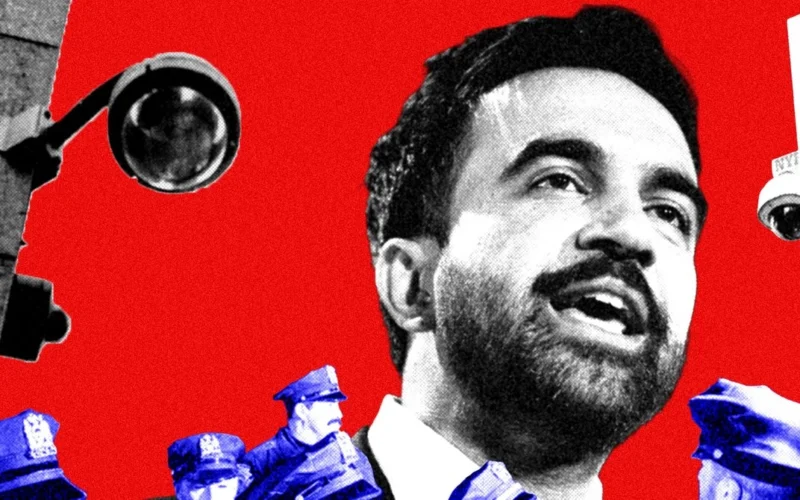New York City’s newly elected mayor, Zohran Mamdani, inherits a complex landscape marked by the NYPD’s extensive surveillance systems. He has recently declared his intention to maintain current Police Commissioner Jessica Tisch in her role, a decision that surprises many given their divergent views on several key issues—including law enforcement policies and the management of surveillance programs.
Mamdani’s agenda prominently features a call to establish a $1 billion Department of Community Safety aimed at transitioning non-emergency calls away from armed police officers. However, Tisch’s background in the NYPD’s intelligence division, particularly during controversial surveillance operations against Muslim communities, poses a significant challenge to Mamdani’s progressive vision for policing in the city.
The NYPD’s mass surveillance capabilities have expanded dramatically since 9/11, drawing comparisons to the functions of a national intelligence agency. The department has employed advanced technologies including a vast network of CCTV cameras and sophisticated data analysis tools, reflecting an evolution in how policing is operationalized in New York City.
Experts argue that national trends in policing, including the use of surveillance data for federal immigration enforcement, amplify the need for oversight and accountability within the NYPD. Andrew Guthrie Ferguson, a legal scholar focused on policing technology, implies that the expansion of these methods raises profound concerns regarding civil liberties, particularly for marginalized communities historically subject to police scrutiny.
Commissioner Tisch has been instrumental in the further development of the NYPD’s surveillance framework. This includes the Domain Awareness System, a vast network of data analytics that integrates various surveillance technologies to monitor citywide activity—raising significant privacy concerns. Recent legal actions highlight ongoing battles over the constitutionality and transparency of these practices, particularly regarding the use of facial recognition technology and other intrusive methods.
Mamdani’s commitment to reform clashes with his decision to retain Tisch, igniting heated discussions about the extent of the mayor’s control over policing strategies. Advocates argue that meaningful reform will require dismantling existing infrastructures that promote mass surveillance and racial profiling, emphasizing the need for a police commissioner aligned with the city’s progressive values.
The tension will likely come to a head as challenges related to immigration enforcement and public demonstrations continue to escalate. Activists point out the relevance of ongoing surveillance in tracking vulnerable populations and express concern over the potential misuse of technology under an administration perceived as authoritarian. As the city navigates these complexities, Mamdani’s leadership will be pivotal in shaping the future of public safety and civil rights in New York City.
Amidst these overarching challenges, Mamdani’s tenure will be scrutinized closely, particularly regarding his ability to balance political pressures with the urgent need for reform within one of the largest police departments in the country. It remains to be seen whether he will advocate for progressive changes in police oversight or be sidelined by the very system he seeks to transform.











